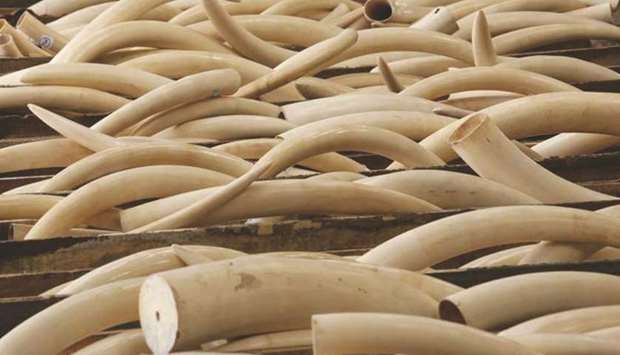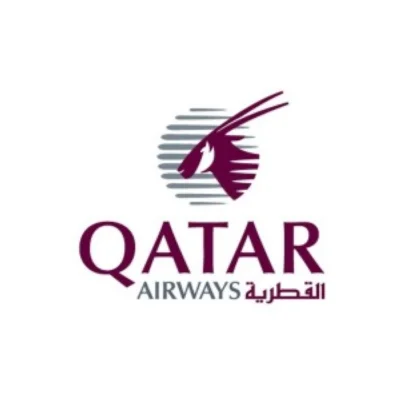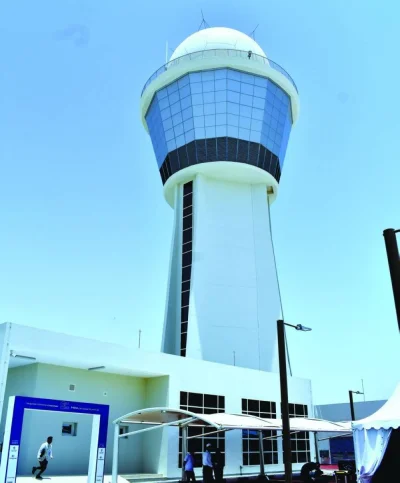About 55 elephants are killed every day for their ivory and a rhino is gunned down every eight hours for its horn. About 317,000 live birds are trafficked annually. A ranger is shot in the line of duty, on average, every three days!
These daunting global statistics have come from the World Wildlife Fund, which says the issue of wildlife trafficking is threatening animals to an almost inconceivable extent.
Depressing figures, undoubtedly.
But what has it got to do with the aviation industry?
Aviation industry leaders including IATA, the global association of airlines, caution that wildlife traffickers in many places around the world still exploit the air transport sector to smuggle protected and endangered animals and animal products on commercial flights.
This is despite aviation industry committing to play its part in stopping the illegal trade in wildlife, worth nearly $20bn annually.
Data indicate that wildlife traffickers moving ivory, rhino horn, reptiles, birds, pangolins, marine products, and mammals by air tend to rely on large hub airports in many parts of the world. Collectively, these categories account for more than 80% of all trafficked wildlife, according to the United Nations Office on Drugs and Crime (UNODC), and serve as indicators for broader trends within illicit wildlife trafficking.
The illegal trade of wildlife is the fourth largest black market in the world and impacts more than 7,000 species of animals and plants, data reveal.
The interconnected air transport network is said to be exploited by criminal gangs to smuggle animals or their products from the killing field to the market place.
One of the highly vulnerable regions is East Africa, where several cases of trafficking of high-risk protected animals have come to light. The International Air Transport Association has reported trafficking in high-risk protected animals, specifically certain big cats, pangolins, and ivory products, on high-risk routes, particularly originating from or transiting through East Africa.
There are many examples of very sophisticated smugglers, experts say, and note that some travel in groups on convoluted routes. Others forge shipment details. Some carry contraband on their body in ingenious ways.
Wildlife traffickers moving ivory, rhino horn, reptiles and birds by air tend to rely on specific airports in the affected regions.
Many countries, including Qatar, have been highly successful in keeping wildlife traffickers at bay with the help of government law enforcement authorities who work hard to spot and stop these activities. But this cannot be said of every region that figures on the world’s air transport map.
For example, in many African and south east Asian countries, elephants and rhinos are being pushed to the brink of extinction due to pressure from the illegal trade in wildlife and wildlife products.
Beyond the environmental, economic, and security implications of wildlife trafficking, the illicit trade in live animals presents a potential health risk to other animals and even humans, highlights a report entitled ‘Flying Under the Radar — Wildlife Trafficking in the Air Transport Sector’ by Mary Utermohlen and Patrick Baine.
International and national health agencies and organisations have instituted policies aimed at mitigating the danger of imported live animals carrying infectious diseases from their countries of origin.
For example, birds can reportedly carry more than 60 types of diseases that are transferable to humans, including Salmonellosis, E. coli, avian tuberculosis, and multiple bird flu virus strains, the report noted. It outlines more than a dozen data-based recommendations for preventing wildlife trafficking through the air transport sector. These include creating awareness among personnel and passengers, training air industry staff, strengthening enforcement seizure protocols and reporting and sharing seizure information.
Undoubtedly, wildlife trafficking is a huge global problem that takes advantage of local enforcement loopholes, lack of awareness, limited public and private sector coordination, capacity gaps, and lagging technology and procedures to move illicit products, sadly through the licit transportation system.
As international travel continues to exponentially increase, particularly in the air transport sector, it is time enforcement and the private sector woke up to realities to better stem the international flow of illicit wildlife.
However, it must be noted that Qatar Airways and many other leading international carriers have signed a declaration on behalf of IATA to combat wildlife trafficking. They have also pledged to partner with government authorities and conservationists in the fight against traffickers of protected species.
Although the duty for capturing and prosecuting these criminals rests with national law enforcement authorities, airline staff can certainly provide an important source of additional intelligence.
Without such changes, experts warn that wildlife traffickers will continue to find the illegal wildlife trade a profitable, comparatively easy and low-risk enterprise, at substantial detriment to ecosystems, economies, and global security.
Pratap John is Business Editor and Chief Business Reporter at Gulf Times.

Data indicate that wildlife traffickers moving ivory, rhino horn, reptiles, birds, pangolins, marine products, and mammals by air tend to rely on large hub airports in many parts of the world.



